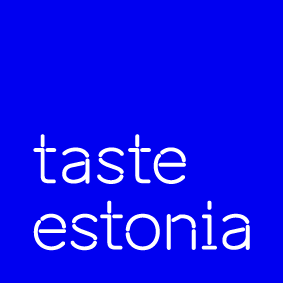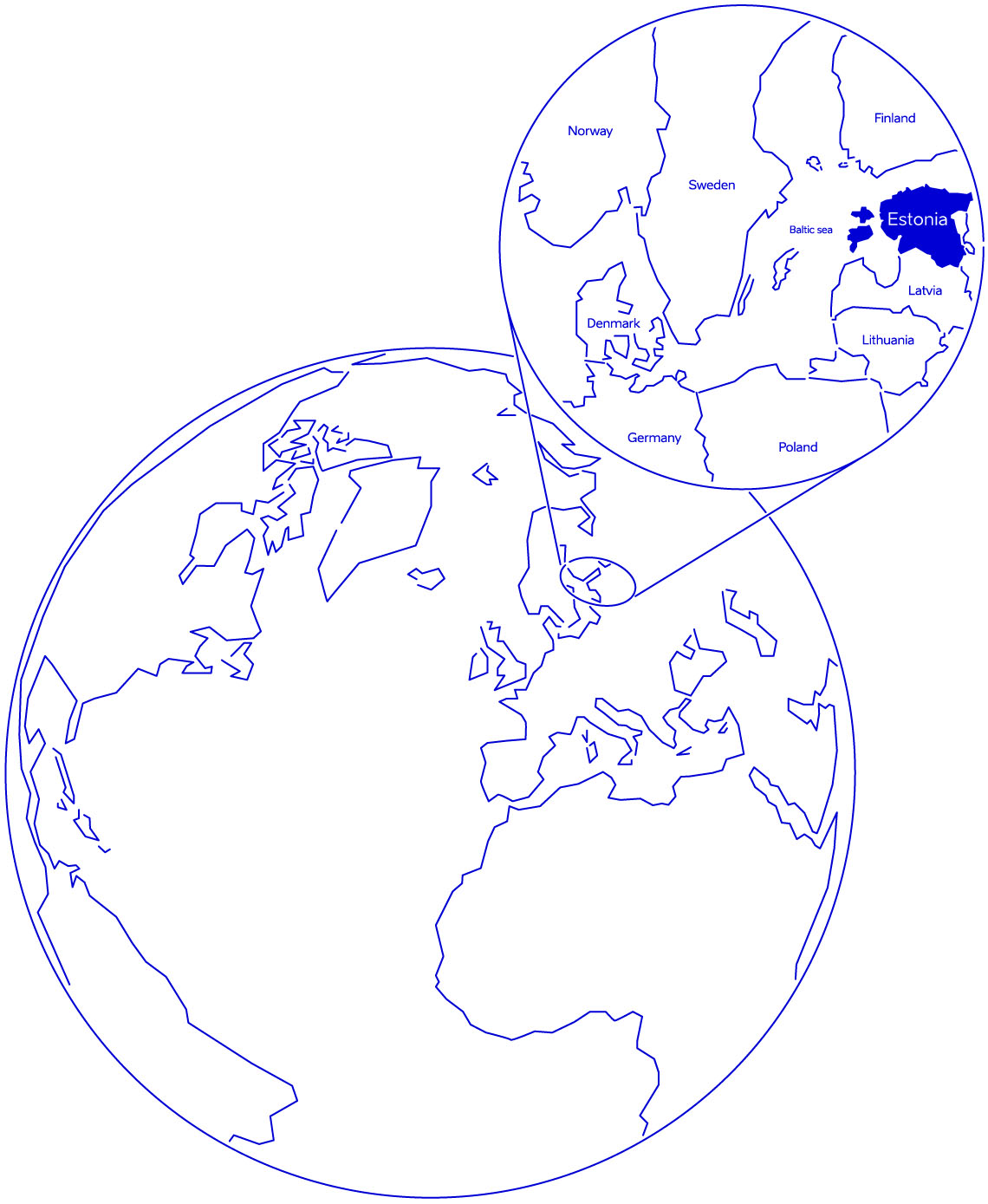Nordic in outlook and boasting a largely unspoiled and biodiverse environment, Estonia is a place where more than 76 species of plants can be found growing in a given square metre.
Although its land area of 45,339 km² makes Estonia slightly smaller than the average European country, it has one of the lowest population densities – there’s 3.51 hectares of land per inhabitant. About half of Estonia’s land is forested.
spring
The first produce from the gardens, forests and meadows set a spring-like mood: onion tips, wild garlic, cucumber, lettuce, wild sorrel, ground elder, nettles, spruce tips. Rhubarb and radish add zestier or spicier notes. And spring is also the time to harvest birch and maple sap.
summer
Summer is a time of great opportunity. The first new potatoes melt in your mouth, with chanterelles sautéed in butter on the side. Vegetables appear on plates, and berries by the bushel from the forest and garden. The summer flavours are preserved in jams and juices. Golden honey is gathered from hives. Estonians hasten to make the most of the short summer, grilling and picnicking outdoors, enjoying lunch and dinner al fresco.
autumn
In the autumn, Estonian cuisine is particularly colourful and rich in nuances. Grain and potato harvests are placed in storage. Carrots, swedes, cabbages and beets are harvested. Attractive braids of onions and garlic are woven. Red apples and plums set a mood in the kitchen.
winter
In a cold winter, when temperatures drop to 20 or 30 below, food has to stoke the body’s stove and keep spirits high in the darkest time of the year. Thus people don’t look askance at rich or sweet foods. Black bread with sliced fatback – which can be salted, smoked or seasoned with herbs – is a good pairing for cold weather. Estonians have always loved pork. Dishes made from oily fish like salmon or herring are also held in high regard.

